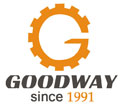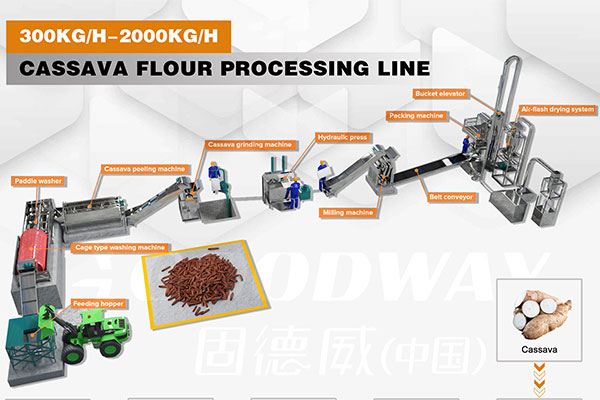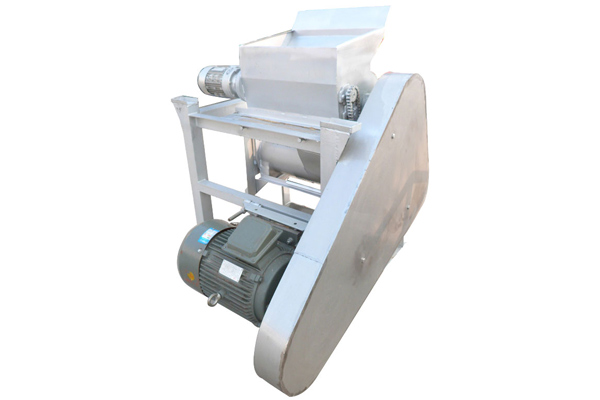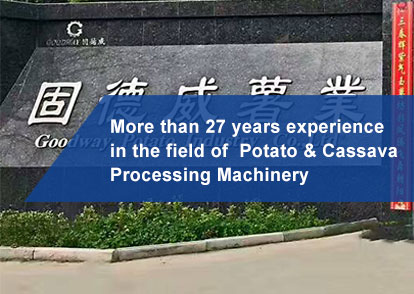1. Belt abnormal
In the course of using, the problems that may exist in the belt part of the grinder mainly include the equipment of the belt, the equipment of the pulley and the groove of the pulley. The main reason for these problems is that the equipment of the pulley is not in place, and the belt may be too tight or relatively loose during installation.
A. Abnormal Belt Equipment
The problems of belt equipment are mainly manifested in the following aspects: (1)The length of the belt is different.
(2)The belt is not matched.
(3)The belt is not suitable for tightening.
(4)The belt is rolled up and so on.
Therefore, when we install the belt of the grinder, we should choose the appropriate length of the belt to prevent vibration in the transmission. At the same time, we should control the belt tightness. When the belt tension is too large, it is easy to cause bearing damage. When the tension of the belt is too small, it is easy to cause slippage. The belt pulley will cause the side bending force of the transmission shaft in the transmission process, thus causing the problem of shaft wear. Belt tension will decrease during long-term operation. In this case, it is necessary to detect the degree of belt tightness in time.
B. Abnormal equipment of belt pulley
The ends of the two pulleys are on different surfaces. When the belt is not on the same side, it will accelerate the wear rate of the belt and cause the belt to fall off. When the hub is not properly fixed and the positioning bolt is too loose, the displacement will occur during the operation of the pulley, thus changing the end face of the pulley.
C. Abnormal groove of pulley
In view of the V-belt section of the grinder is trapezoidal, the friction between the inner walls of the wheels generates power during the operation of the working faces on both sides. Therefore, the long-term operation of the pulley will wear the inner groove of the pulley, change the inner groove into a concave surface, reduce the working surface area, and easily cause the problem of belt slippage. Therefore, we should check and replace the pulleys in time.
2. Roller abnormality
The roller of the grinder often breaks down. Among them, the most common fault is the change of the parallelism of the roller. The reason for the change of roller is the wear and failure of the spring or slideway of roller. In addition, if the working surface of the internal turbine worm of the screw mechanism is worn out, the problem of parallel grinding rollers will also occur. Once the parallelism on the roller is out of order, the grinding efficiency will be reduced.
A. Internal wear of helix
When the worn surface of worm in screw mechanism appears, there will be cracks on the surface of the meshing teeth of the turbine, which will increase the helix angle and make the self-locking ability of the grinder lose its function during the operation of the grinder. When the worm wheel and worm are loosened, the two screw mechanisms can not be synchronized in the operation process, thus accelerating the wear speed of the grinding roll.
B. Abnormal bolt cap
When the bolt spare cap is missing, damaged and loosened, it will affect the adjusting device of the grinder, resulting in the adjusting failure of the adjusting device and the failure of normal connection, so that the grinder can not carry out the debugging instructions.
C. Spring anomaly
When the grinding machine runs for a long time, the problems of elasticity reduction and fatigue wear will occur. In the process of overhauling the grinder, the problem of roll displacement will occur. The spring can not keep up with the overall speed of the grinder, and can not guarantee the accuracy of debugging work.
D. Slide wear
When the slideway wears out, it will cause certain resistance to the operation of the grinder, increase the friction resistance in operation, so that it can not move normally, which has the same principle as the spring failure. When the parallelism between the rollers of the grinder is obviously reduced, if there is no timely and effective treatment measures, the rollers on both sides will contact friction, increase the tooth wear of the rollers, and ultimately reduce the overall working efficiency of the grinder.

 EN
EN
 fr
fr  es
es  it
it  pt
pt 







